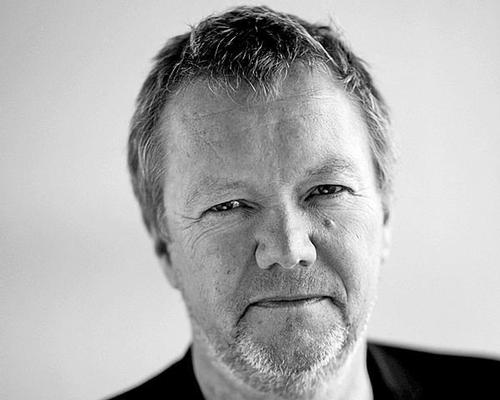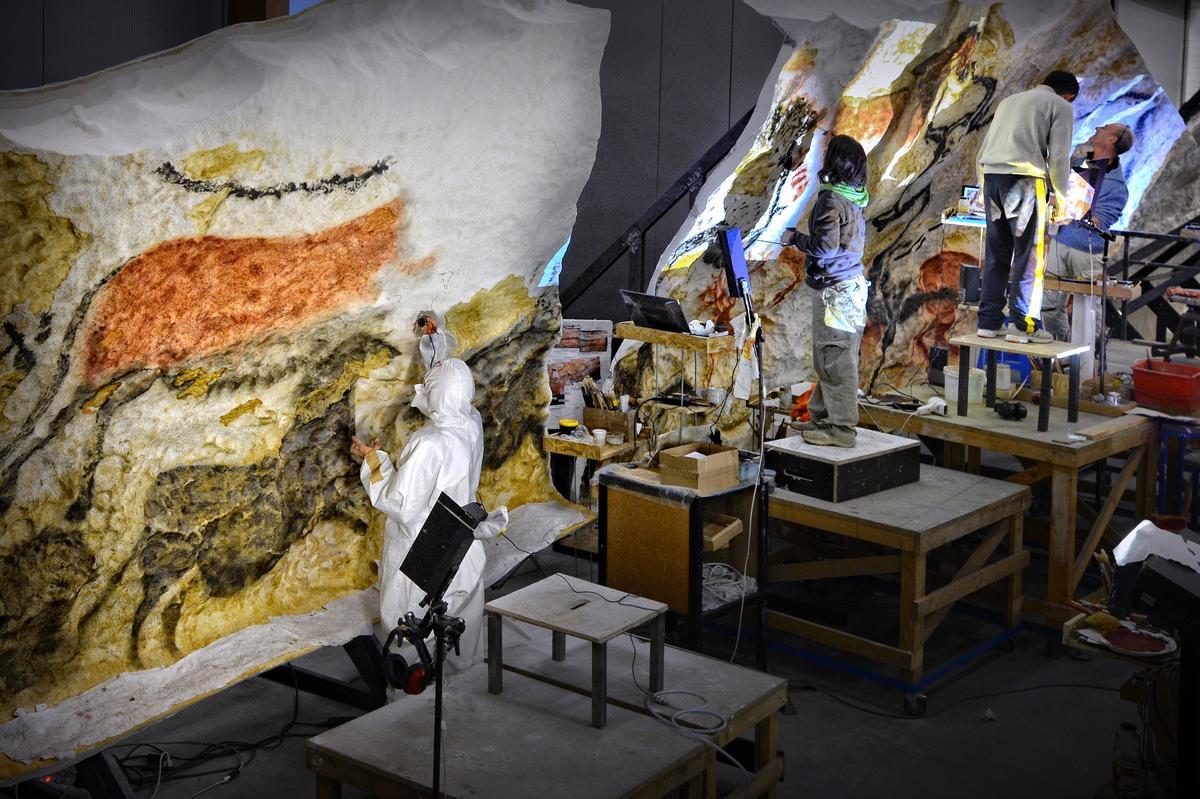see all jobs
Replicating heritage: Snøhetta's Kjetil Trædal Thorsen weighs in on 'original versus copy' debate

The co-founder of international architecture practice Snøhetta, Kjetil Trædal Thorsen, has spoken to CLAD about the opportunities and philosophical questions posed by the advent of technology that enables vulnerable heritage sites to be “reprinted.”
Advances in 3D scanning, casting and printing are allowing designers and preservationists to create mirror images of both natural and man-made pieces of heritage. Examples include the Institute for Digital Archaeology, which has recreated Syria's Palmyra Arch – believed to have been destroyed by ISIS – using a large 3D printer, and the Victoria and Albert Museum in London, which has replicated some of its collection to exhibit abroad.
Snøhetta, alongside exhibition designers Casson Mann and the Périgord Facsimile Workshop have utilised the technology for a new visitor centre celebrating the historic Lascaux cave paintings in the Dordogne, France.
The €66m (US$70.3m, £56.2m) International Centre for cave art features inside a sensorily authentic replica of the caves, called Lascaux IV. Recreated to a tolerance of 1mm, the facsimile has the same humidity, light, sound, smell and 16°C temperature of the Unesco-protected original, which, because of its fragility, has been closed to the public since 1963.
Over two years, 25 artists hand painted 900m (2,900ft) of resin rock reproductions, using the same pigments that the prehistoric painters used 20,000 years ago to recreate 1,900 paintings.
Speaking to CLAD, Thorsen said that the “original versus the copy” discussion is “one of the most debatable things you can deal with when you are trying to lift the experience of a prehistoric moment into a contemporary context.”
“When we started looking at this, it seemed quite a difficult problem to solve,” he added. “Many people would say that by copying them, all of the sudden the caves becomes Disneyfied in some way – simply because it is a copy.”
Asked about whether replicating natural heritage reduces its historic and artistic value, Thorsen said: “It is one of the difficult issues we discussed and we had to ask ourselves ‘how do we deal with that?’
“The answer was mainly by considering the new caves themselves to be artefacts [in their own right].
“They are a crucial part of the museum exhibition. They are not only copies, they are also artefacts in themselves that have been created by a fantastic crew of artists. So while we clearly state throughout the exhibition that they are highly accurate replicas, we still consider them to be of value. They manage to achieve some sort of authenticity in the visitor experience, if not in the object itself.”
Thorsen revealed that by scanning deep into the caves, and through its different layers, “we actually discovered things that scientists had not found before.”
“So this debate is double sided,” he said. “On one hand we [visitors] want to be somewhere original for the experience. On the other, our team were very happy with the copy we managed. I think this is a very very fine balance, and I think we got it right.”
More News
- News by sector (all)
- All news
- Fitness
- Personal trainer
- Sport
- Spa
- Swimming
- Hospitality
- Entertainment & Gaming
- Commercial Leisure
- Property
- Architecture
- Design
- Tourism
- Travel
- Attractions
- Theme & Water Parks
- Arts & Culture
- Heritage & Museums
- Parks & Countryside
- Sales & Marketing
- Public Sector
- Training
- People
- Executive
- Apprenticeships
- Suppliers

















































